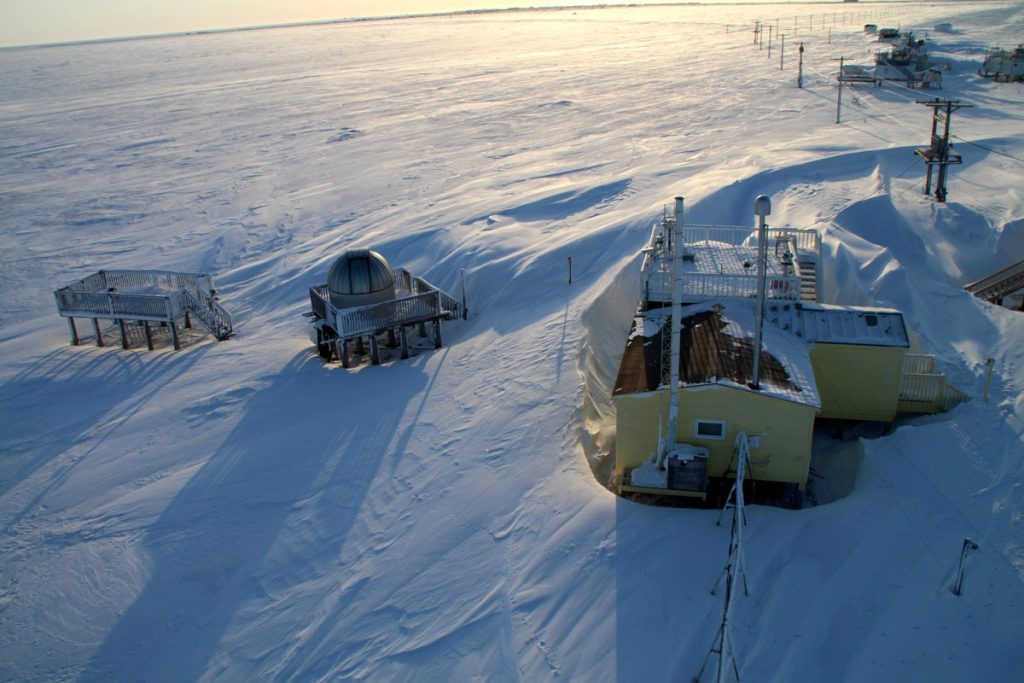NOAA's Services in Alaska and the Arctic
NOAA provides and supports a variety of critical services that communities in Alaska and operators in the Arctic rely on. These resources help provide knowledge and tools that aid with decision-making regarding weather, ecosystem health, river and sea ice conditions, transportation, food security and subsistence activities, and living marine resource management.
Services That Build a Climate Ready Arctic
Increasing awareness and knowledge of climate change impacts
- Climate Resilience Toolkit
- Arctic Report Card
- Historical Sea Ice Atlas
- Information Seminar Series: ACCAP Webinars
Improving scientific monitoring of changing Arctic systems and linkages to mid-latitudes
- PolarWatch
- US Arctic Observing Network
- Ecosystems & Fisheries-Oceanography Coordinated Investigations (EcoFOCI)
- US Interagency Arctic Buoy Program (USIABP)
- Distributed Biological Observatory
- Ocean acidification
- Snow & Ice Data Products
- Arctic Mid-latitude Linkages
- Alaska Ocean Observing System (AOOS) – Ocean Data Explorer
Using models to better forecast and predict Arctic conditions - from weather to ecosystems
Services That Protect and Enhance Resources in the Arctic and Alaska
Providing weather and extreme event information & alert systems
- National Weather Service Alaska
- National Weather Service Weather Forecast Offices
- Alaska-Pacific River Forecast Center
- Volcanic Ash Advisory Center
- Alaska Aviation Weather Unit
- U.S. Tsunami Warning System
- National Weather Service Sea Ice Program
- U.S. National Ice Center
- Ocean Prediction Center
- NOAA Climate Prediction Center
- NOAA Arctic Testbed
- Alaska Water Level Watch
- River Watch Program
Ensuring food security and supporting subsistence activities
Supporting safe navigation and mapping of coastlines
Protect and restore ocean and coastal resources from the impacts of oil, chemicals, marine debris, and disasters.
Managing Fisheries and Marine Resources
NOAA Infrastructure in Alaska
NOAA maintains multiple offices, laboratories, ships, and partnerships in Alaska. To see more visit NOAA’s Alaska Regional Team Page here.

